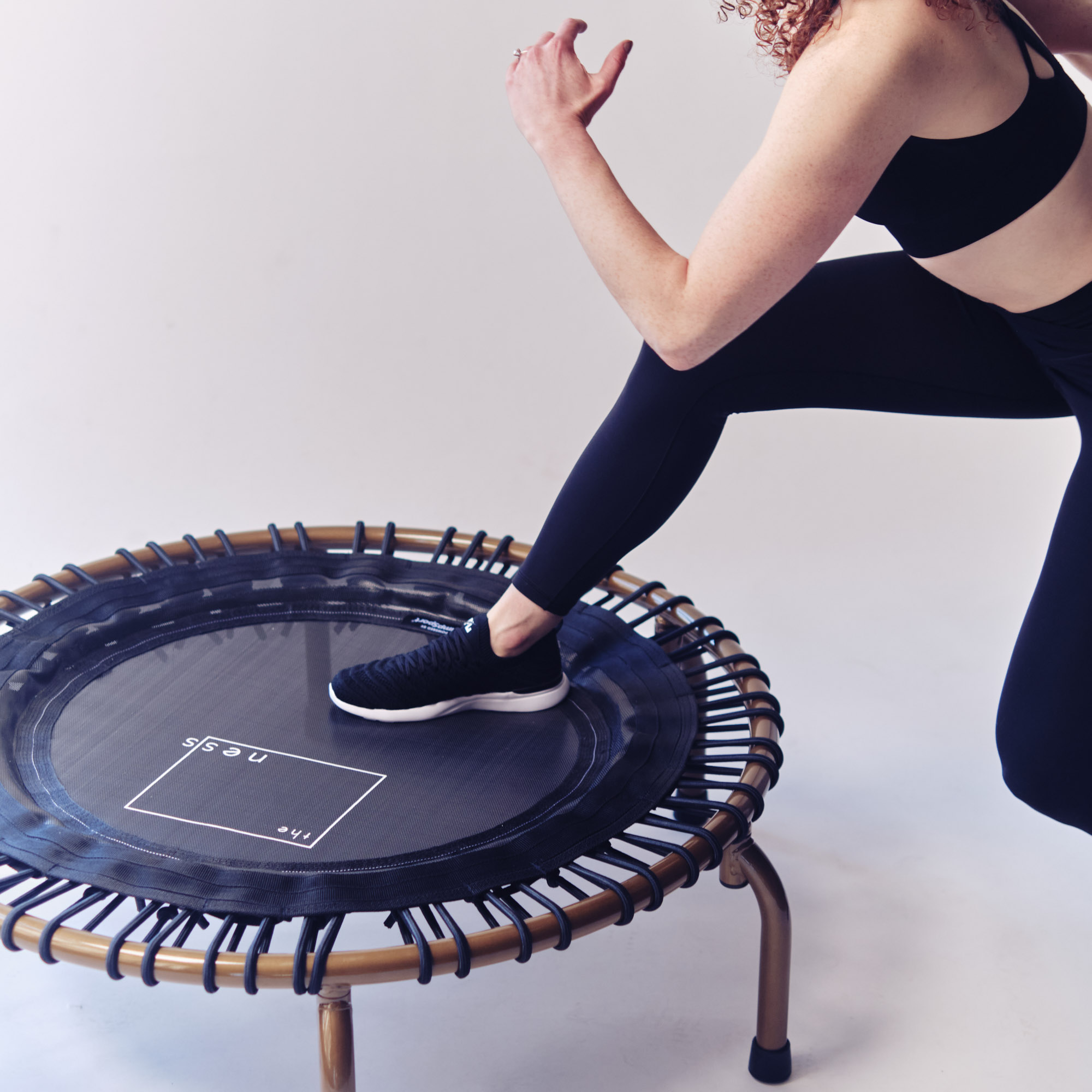The key to knowing if you’re ready to make the jump (pun somewhat intended) from bounce intermediate to bounce advanced is understanding what makes these two offerings distinct. At first glance, they may not seem two dissimilar, but you’ll find that if you look a little closer there are a few elements where they differ - making bounce advanced, a whole lot spicier.
Though these two classes both increase in speed progressively, the main focus of bounce advanced is to present you with new choreographic challenges at the fastest speeds you can handle. Bounce intermediate also has quick tempos, but the goal for class is to build confidence in coordination and quick transitions between moves.
In both intermediate and advanced, you’re introduced to new moves that you may not have seen before. In bounce intermediate, we take these more intricate moves (such as float kicks or rocks) and we break them down extensively so you have the foundation you need to execute them with assertiveness and ease. We suggest that you take at least 20 bounce classes before moving onto advanced, and one of the major reasons why is when you get to bounce advanced we don’t break these moves down to the nuts and bolts. We want you to have done your homework so you’re coming to class prepared with the knowledge of how to find your center and shift your weight in more dynamic movements at a faster pace. This allows you to better understand and master longer, and more complex, combinations.
While the contrast between bounce intermediate and bounce advanced may not seem so extensive in writing, these changes can make the gap between the two categories feel vast. The most difficult, and sneakiest, difference between the two is that in bounce advanced, we provide you with less verbal guidance. As it’s a crucial part of the way we share movement, ness trainers will always be moving with you - running the combo and getting sweaty with you. But, in bounce advanced we give the least amount of cues through talking. We want to challenge you to trust in your memory and movement capabilities rather than relying on us. Because there’s more breakdown of individual moves in intermediate, there will inevitably be more form and directional cueing throughout the entirety of class.
With all this information in mind, it’s important to remember that if you decide to stay with simple bounce and bounce essentials, or move to bounce intermediate and advanced, you are never locked into any one class type. Don’t let the title of a class pressure you into thinking you need to do anything other than what feels right for you. Your mood, your goals, your physicality, your ness will feel different on any given day. Let those internal cues dictate what class will serve you best. Listen to yourself, trust yourself, and move freely.




